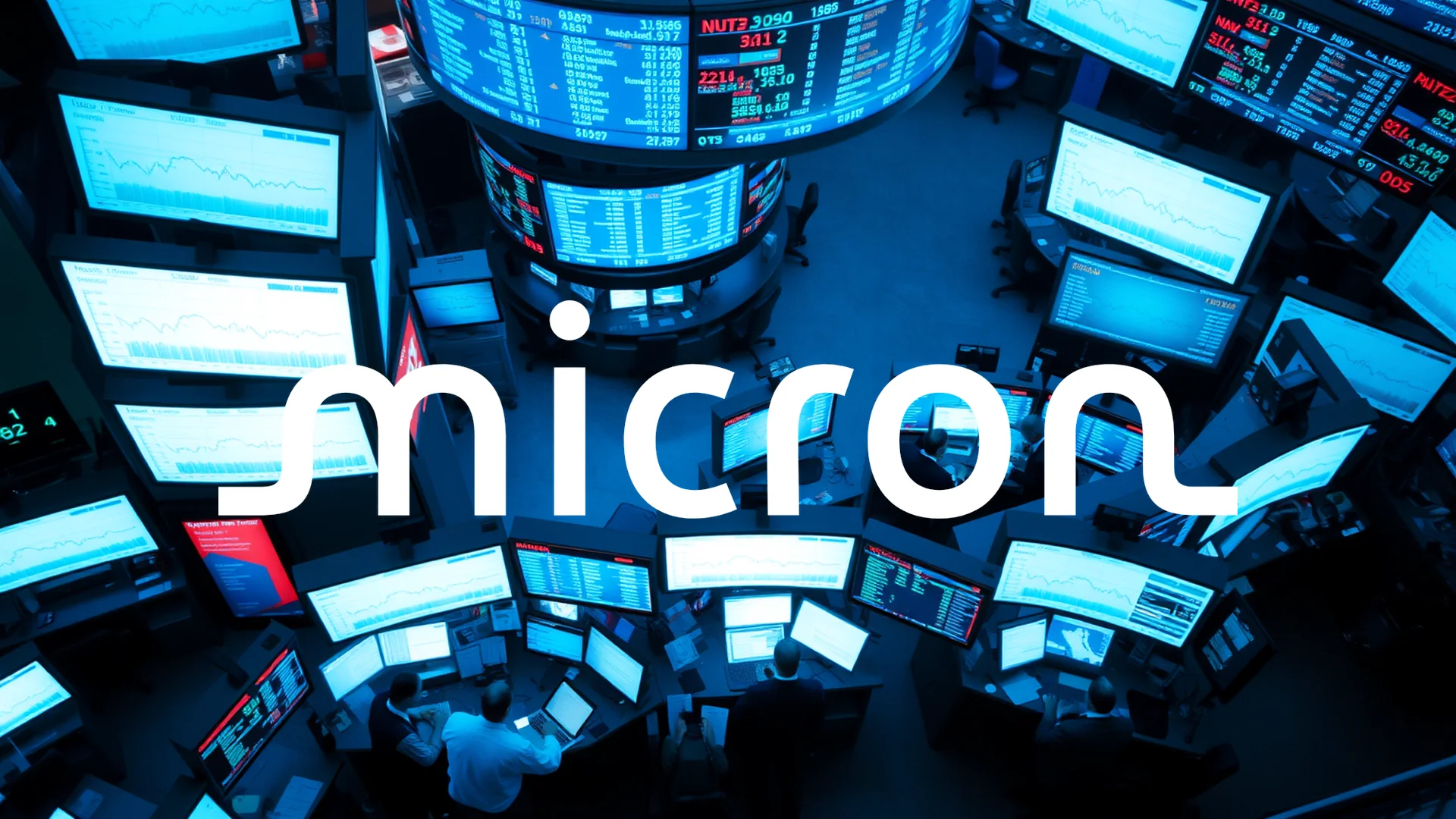Food industry giant General Mills finds itself confronting a complex array of headwinds. The company is grappling with escalating regulatory pressures and shifting consumer patterns, all while its core cereal and snack segments show signs of strain. Its strategic pivot toward the thriving pet nutrition category may be the key to stabilizing its financial performance.
Shifting Consumer Patterns and Economic Pressures
Market dynamics present a significant challenge for General Mills. Consumers remain highly sensitive to pricing, a trend exacerbated by inflation rates outpacing wage growth. In response, the company has implemented targeted price reductions on brands including Pillsbury and Totino’s. This strategy has already yielded positive results, helping to recapture market share in several key product categories.
Concurrently, evolving health trends are reshaping demand. The increasing adoption of GLP-1 medications is contributing to a moderate yet structural market shift toward products higher in protein and fiber. General Mills is adapting its portfolio with new offerings such as Cheerios Protein and other cereal lines fortified with additional protein.
Intensifying Regulatory and Cost Headaches
A more immediate threat to profitability stems from a wave of new environmental legislation. Regulations centered on Extended Producer Responsibility (EPR) pose a particular risk, with compliance fees and take-back subsidies potentially doubling the company’s packaging costs. To mitigate these rising expenses, General Mills is prioritizing polyethylene design innovations aimed at enhancing packaging recyclability.
The regulatory burden extends beyond packaging. New GRAS (Generally Recognized as Safe) statutes impose additional disclosure requirements. Furthermore, recurring Listeria outbreaks continue to expose vulnerabilities within food safety protocols, compelling the company to implement fundamental operational and product development changes.
Should investors sell immediately? Or is it worth buying General Mills?
Pet Nutrition Emerges as Strategic Growth Pillar
Amid these challenges, General Mills is increasingly reliant on its high-performing pet food division. The “Love Made Fresh” product line under its Blue Buffalo brand has expanded its retail footprint to over 4,500 stores and is receiving favorable responses from both retailers and consumers. The integration of the Tiki Cat brand, acquired via the Whitebridge Pet Holdings purchase, is proceeding smoothly. This acquisition is demonstrating substantial growth potential through increased brand awareness and expanded distribution networks.
The core Blue Buffalo business has now stabilized. A combination of product innovation and strategic pricing adjustments is enabling a return to growth for the segment. This resurgence is particularly timely, given the persistent revenue declines observed in the company’s traditional cereal and snack operations.
All Eyes on the Forthcoming Earnings Report
The investment community is keenly awaiting General Mills’ next financial update, scheduled for release on December 17, 2025. This report will cover the quarterly period ending in November. Market analysts are projecting earnings per share of $1.03 for the quarter. Currently, the company’s stock is trading near the lower end of its 52-week range—a clear indication that investors require concrete evidence that management’s strategic initiatives are gaining traction.
The critical question remains: Can General Mills successfully weather the current regulatory environment and reverse its trajectory through its focused push in pet nutrition? The upcoming December earnings report may provide the definitive answer.
Ad
General Mills Stock: Buy or Sell?! New General Mills Analysis from November 16 delivers the answer:
The latest General Mills figures speak for themselves: Urgent action needed for General Mills investors. Is it worth buying or should you sell? Find out what to do now in the current free analysis from November 16.
General Mills: Buy or sell? Read more here...











